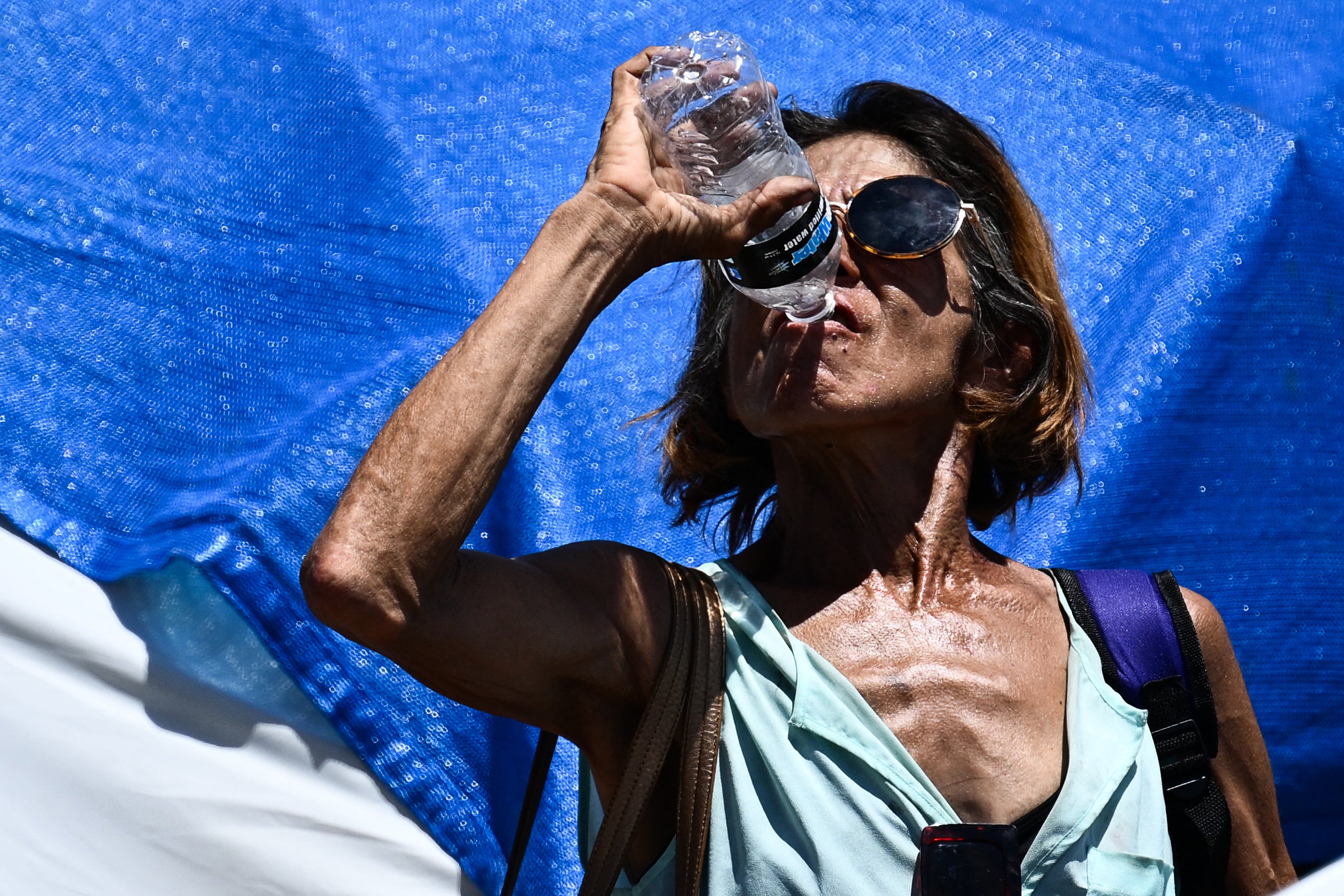
In the midst of an already record-breaking heat wave, Phoenix, Ariz., set a particularly eye-popping record: the temperature only dropped to 97 degrees Fahrenheit overnight between Tuesday and Wednesday, setting an all-time record high for a nighttime low.
When temperatures stay high overnight, they place a particularly heavy burden on the body, raising the risk of heat illness and death.
The U.S.—and the world—has seen a spate of extreme heat so far this year, including the planet’s hottest-ever June and hottest week on record during the first week of July. Rising global temperatures from burning fossil fuels are the main driver of more frequent and more intense heat waves. And an El Niño event is also boosting global temperatures this year.
A heat dome has been in place for weeks over the U.S. Southwest and Texas, and it has fueled many heat records. Phoenix has now seen 20 days in a row with a daytime high of 110 degrees F or higher, a record streak that is likely to continue for several more days. A heat dome is an area of high pressure that sometimes parks over a region. High-pressure ridges, as they are also called, feature sinking air, which compresses and heats up. These ridges’ hallmark clear skies also allow the sun’s rays to beat down on the ground, further raising temperatures.
Prolonged heat extremes pose a major public health threat because heat is the number-one weather-related killer in the U.S.; it causes more human deaths than hurricanes, tornadoes and floods combined. Heat can cause dehydration, which leads the blood to thicken and makes the heart pump harder. That organ and others can be damaged by too much exposure to heat.
The soaring, triple-digit high daily temperatures grab the headlines, and they definitely are a concern—but when temperatures only drop into the 80s and 90s at night, the body doesn’t get a chance to cool down. This is particularly a concern for those who lack air-conditioning, including unhoused populations. And heat is especially a health risk for the very young, the elderly and those with preexisting health conditions such as asthma and heart disease.
Overnight lows in the U.S. are rising twice as fast as daytime highs, according to Climate Central, a nonprofit research and news organization. A 2022 Climate Central analysis found that overnight lows in the U.S. have risen by 2.5 degrees F on average since 1970. In Phoenix they have risen by 5.7 degrees F over that same period.
Phoenix’s all-time overnight low record of 97 degrees F displaced the previous record of 96 degrees F, which was set in 2003. It may not take another 20 years for the new record to be topped because climate change is making summers ever hotter.
One sign of how remarkable the recent record was came from the response that the National Weather Service’s office in Flagstaff, Ariz., sent to the agency’s Phoenix office on Twitter. “So you’re saying your all time record warm low temperature is our all time record high temperature?” the tweet read. “That’s just nasty.”
Stay connected with us on social media platform for instant update click here to join our Twitter, & Facebook
We are now on Telegram. Click here to join our channel (@TechiUpdate) and stay updated with the latest Technology headlines.
For all the latest For News Update Click Here
